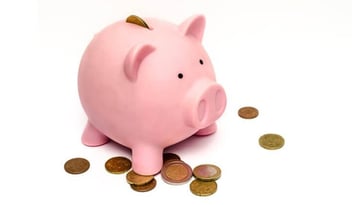Restaurants and other hospitality businesses were among the hardest hit during the pandemic, and even as infection and hospitalization rates have decreased, many consumers are cautious to resume their pre-pandemic routines. Despite these obstacles, businesses have been able to survive and prosper due in large part to breakthrough technology such as Toast, a restaurant-specific software solution that covers point of sale, restaurant management, kitchen dashboards, online ordering and delivery, and marketing. Despite being developed years before COVID-19 as a means of enhancing operations, the product has assisted restaurants of all sizes in adapting, minimizing interaction, improving overall service, and increasing profitability.
Toast began as an app that eliminated the need to wait for a check at Boston pubs, restaurants, and cafés in 2012. Customers might open a tab and attach it to their credit card easily. It expanded from there into a sophisticated system that included Android tablets for servers to carry around and use to submit orders and handle payments. Mobile technology was supposed to eliminate the need for costly in-house hardware and software solutions. It would reduce employee training time, allowing businesses to save money. It also saved servers steps, allowing them to take on more tables and increase their revenue while delivering greater service to their customers. It was a gain for everyone to find a solution to avoid going back and forth between the table and a machine to place orders or process payments. But that was only the start.
Toast's system continued to grow because it is based on open-source Android technology. Its services included payroll, inventory management, and multi-location menu controls by the end of 2015. Thousands of restaurants across the country were using it. When the pandemic hit, its creators believed that their single-minded emphasis on the restaurant industry would spell the end of their thriving business. However, when restaurants reopened, they discovered that their product's flexibility allowed them to develop new services in reaction to the virus. They created contactless ordering and smartphone payments, as well as curbside alerts for takeout and flat-fee delivery that minimized interaction between waiters and customers.
Businesses who embraced a digital presence, according to Perry Quinn, senior vice president of business innovation development for the National Restaurant Association, were able to emerge from the epidemic and survive where others shuttered their doors. “One restaurant I know of, within about four days in March, pivoted to more digital. They turned it on and had 250 orders that day,” he said. “Those that embraced and got in front of the digital side of this, whether it's email, web, mobile, online ordering, etcetera, really hit the ground running as it related to just extending their services to their existing customers.”
Though the virus's worst effects have faded, anxieties about signing checks and dining in have abated, the benefits of these advancements have remained, enhancing restaurant earnings and efficiency. Toast-enabled establishments frequently print QR codes on their receipts, allowing diners who have finished their meal to scan the code and pay immediately rather than waiting for their server to appear and process their credit card. This kind of convenience leaves a lasting impression on guests and encourages them to return. The technology is getting back to its roots, which was to improve operations for diners, owners, and employees.



